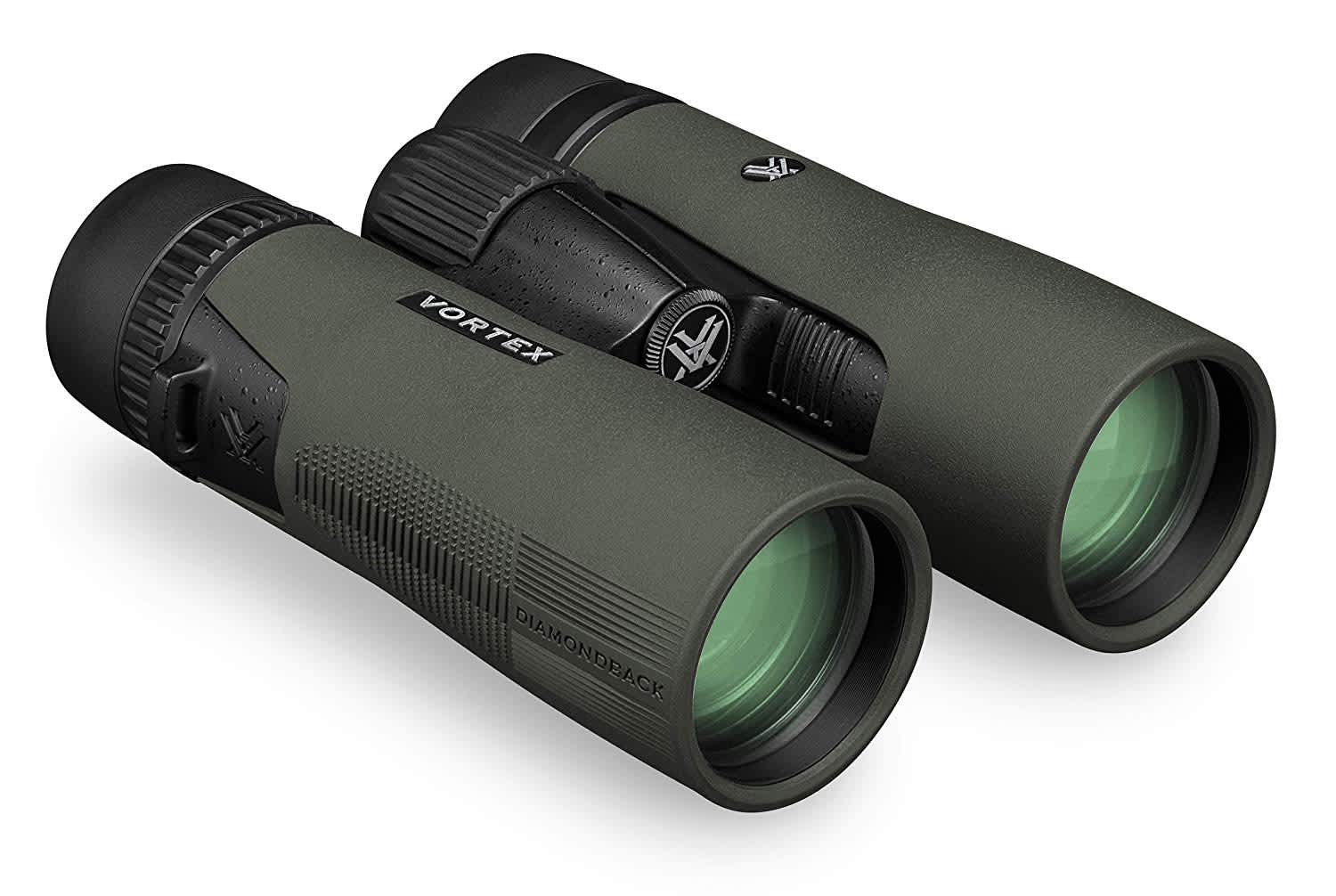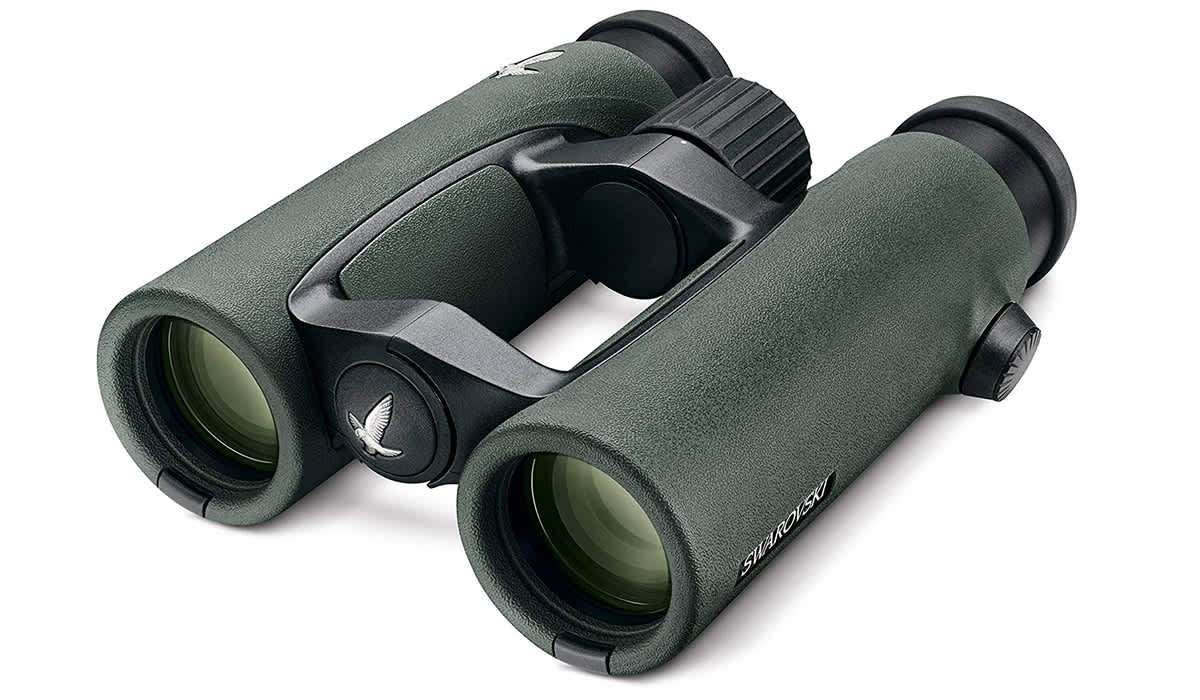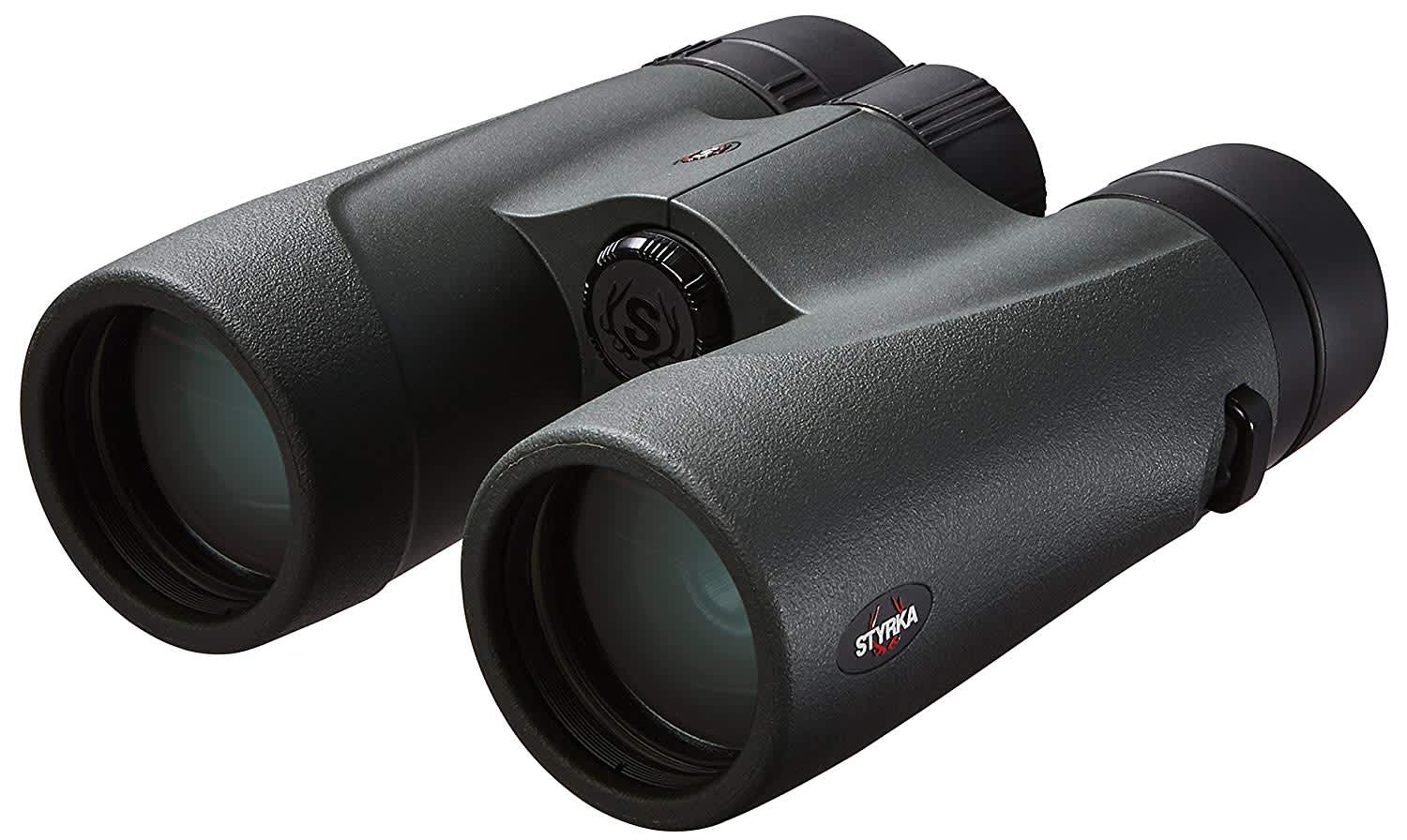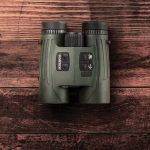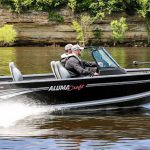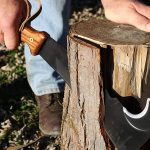Five of the Best Binoculars to Carry Every Day

1. Vortex Diamondback HD 10x42 - Editor's Pick
A few years ago, if you asked anyone in the outdoor industry about good binoculars that were around $200, the reply would have most likely been, “Well, I don’t know about how good of bino you’d get for that kind of money…” It sounds kind of harsh, but decent binoculars used to start out at the $400-500 range. Then along came Vortex Optics. The company makes some truly remarkable and high-end optics, but they also make some binoculars that perform amazingly well for very little money. Case in point, the Diamondback HD. These roof prism binos have twist-up eye cups, multi-coated optics and are fully water, shock and fog proof. What sets them apart of the competition is the clarity. By following Vortex’s instructions on focus adjustment, you’ll find greater clarity than you thought possible in this price range. We like the 10×42 model and have one for the house and another for the truck. They are powerful, compact and durable.
3. Zeiss Terra ED 10x42 Binoculars
When you see the letter designations after binoculars and other optics, like ED, that refers to the glass being used. One of the better glass types is ED, or Extra-Low Dispersion. German optics company Zeiss uses SCHOTT ED glass in their mid-priced Terra binoculars. Then, the company uses multiple layers of dielectric coating to enhance the light transmission properties of the lenses. The result is exceptional quality and clarity combined with the company’s Schmidt-Pechan prism system to make a light, clear binocular that is priced very nicely for the quality you receive.
4. Styrka S7 Series 10x42 ED Binocular
Styrka is a relative newcomer to the optics scene, and they have made a serious splash. How did they do it? By making seriously good, high-quality optics at reasonable prices. These aren’t the flashiest binoculars you’ll find, but they have everything you’d want and need, and are backed with Styrka’s Pride warranty that covers everything except theft, loss or intentional damage. The company takes serious ownership of its quality. The S7 uses ED glass and a vigorous multi-coating processes. You’ll also find a BaK-4 prism adding to the clarity that will make you think they’re more expensive than they are. One well-known figure in the optics industry was overheard to say that if he was to buy a set of binos right now, he’d buy these over any other brand – and no, he doesn’t work for them.
5. Sig Sauer Zulu 3 Binoculars
There are a lot of really good binoculars out there, but some that really impressed us were the compact Zulu 3 binos from Sig Sauer. In case you weren’t aware, Sig, yes that sig, makes optics too, and they are amazing. The Zulu 3’s have low-dispersion glass for maximizing clarity and color differentiation. They use a silver deposition phase-coated BAK4 Prisms for higher resolution and image contrast. These are tough, nice looking binoculars that flat out work! Better still is the price that comes in around $200!
Dispersion in binoculars
If you’ve ever played with a prism, you have seen dispersion first hand. White light can be broken up into the different spectrums. Binocular lenses focus the light coming through the lens to a single point. This gives you the image you see on the other end. A small amount of dispersion occurs as that light passes through the lens. The different wavelengths of light are arranged when you focus to give you a cleaner view. However, a small amount of distortion takes place due to minute imperfections in the glass, and variants of light across the distance from the object you’re looking at and your binoculars. That distortion is known as chromatic aberration and is causes color variants and fringing on the object you are view. It also results in eye strain as your brain tries to filter it out.
More binoculars are now coming with ED, or extra-low dispersion glass, which is highly refined to reduce the amount of imperfections in the glass and reduce the chromatic aberration you see. Not all ED glass is the same, and you pay more for the quality, but the result is better vision and less distortion of your image.
What is the difference between higher priced binoculars and lower-cost versions?
The biggest difference is in clarity. You can look through multiple pairs of binoculars and think they all seem the same in terms of how clear the image is, and there is some truth to that. However, the biggest differences become apparent when you spend a great deal of time looking through them. When you spend several hours a day, the small imperfections in some glass really strains your eyes. You can wind up with a headache that would put a migraine to shame. Trust me, I know! The higher the quality of glass, the better the view is in the long run.
We are committed to finding, researching, and recommending the best products. We earn commissions from purchases you make using the retail links in our product reviews. Learn more about how this works.

